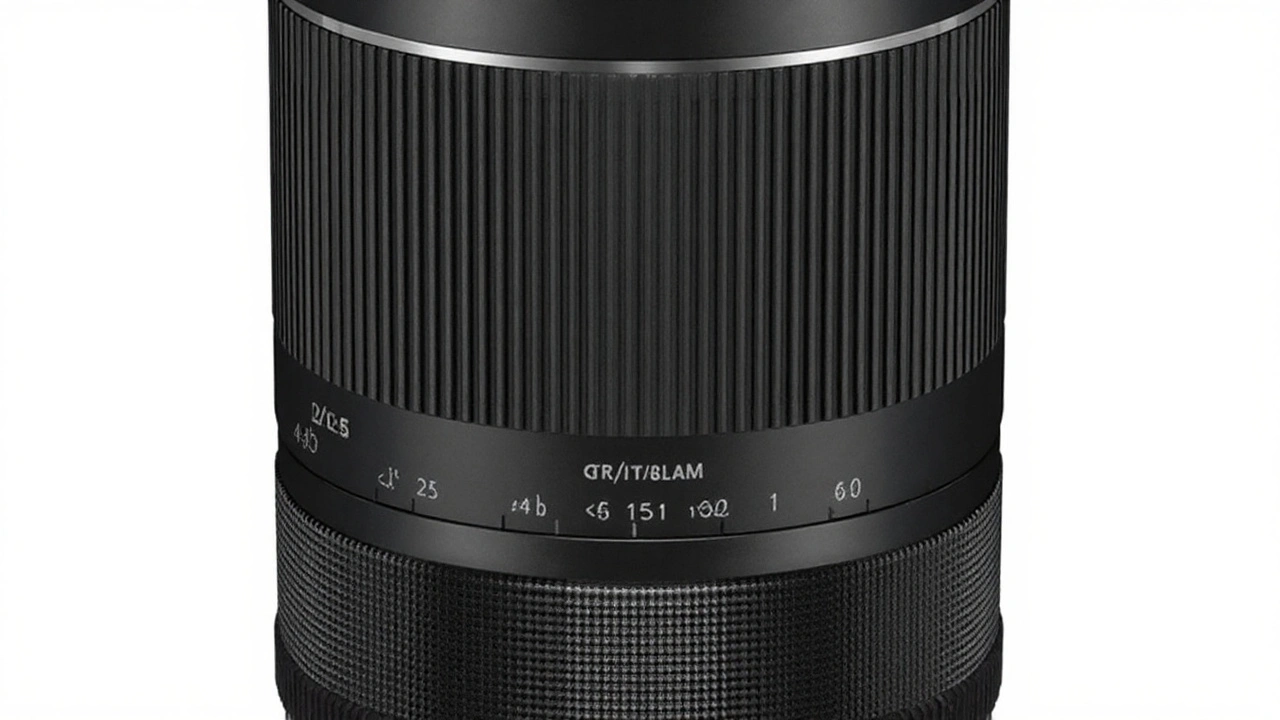Telephoto Zoom Basics: What You Need to Know
If you love snapping wildlife, sports or any subject far away, a telephoto zoom lens is your best friend. It lets you bring distant action close without moving. The trick is to understand what focal length, aperture and image‑stabilisation mean for real‑world use. Below you’ll get clear steps to pick the right lens and easy tips to shoot sharp, clean pictures.
How to Choose the Right Telephoto Zoom Lens
First, think about the typical distance you shoot. For birds or stadiums, a 200‑400mm range works well; for wildlife on a safari, 400‑600mm gives extra reach. Next, check the maximum aperture. A wide aperture (f/2.8‑f/4) lets more light in, which is handy in low‑light or when you need fast shutter speeds. If you mainly shoot in daylight, a slower aperture (f/5.6‑f/6.3) can save money while still delivering good quality.
Image‑stabilisation (IS) or vibration reduction (VR) is another big factor. With a long lens, even tiny shake can blur the picture. Look for at least 3‑stop stabilisation if you plan to hand‑hold the lens. If you have a sturdy tripod, you can skip IS, but it’s still useful for quick handheld shots.
Weight and size matter too. A 600mm f/4 lens can weigh 5‑6kg – not something you want to lug around all day. If you travel often, consider a lighter 300‑400mm f/5.6 that balances reach and portability. Finally, read reviews and check sample images. Real‑world performance often differs from spec sheets.
Practical Tips for Shooting with a Telephoto Zoom
Once you have the lens, the real fun begins. Set your camera to shutter‑priority (Tv or S mode) and aim for a speed at least the reciprocal of the focal length – for 300mm, that’s at least 1/300 s. Faster speeds help freeze motion, especially for birds or athletes.
Use a high ISO only when you need it. Modern cameras handle noise well, but keep ISO as low as possible for clean images. If your lens has IS, turn it on, but remember to switch it off when using a tripod – otherwise the stabiliser can introduce wobble.
Focus carefully. Switch to single‑point autofocus and place the point on the eye of a bird or the face of a player. Some lenses offer focus‑by‑wire or manual focus rings; don’t be afraid to switch to manual for precise control, especially in low‑light.
Composition still matters. Even with a long lens, try to fill the frame and watch the background. A clean, simple background makes the subject pop. If you can, use a slight tilt‑shift effect by moving the camera up or down; it can help compress space and emphasise depth.
Finally, protect your gear. Use a UV filter to guard the front element and a lens hood to block stray light. Keep the lens cap on when not shooting and store the lens in a padded bag.
With the right lens choice and these simple shooting habits, your telephoto zoom will deliver sharp, striking images that bring distant moments right to your viewers. Happy shooting!
Superzoom Lenses Are Back: One Lens for Travel, Portraits, and Wildlife
Once dismissed as compromise glass, superzoom lenses are back in demand. Modern designs deliver better stabilization, sharper results, and real-world flexibility that beats juggling multiple lenses. From travel to portraits and wildlife, a single lens now covers it. Here’s why photographers are switching—and how to get the best results.
View more